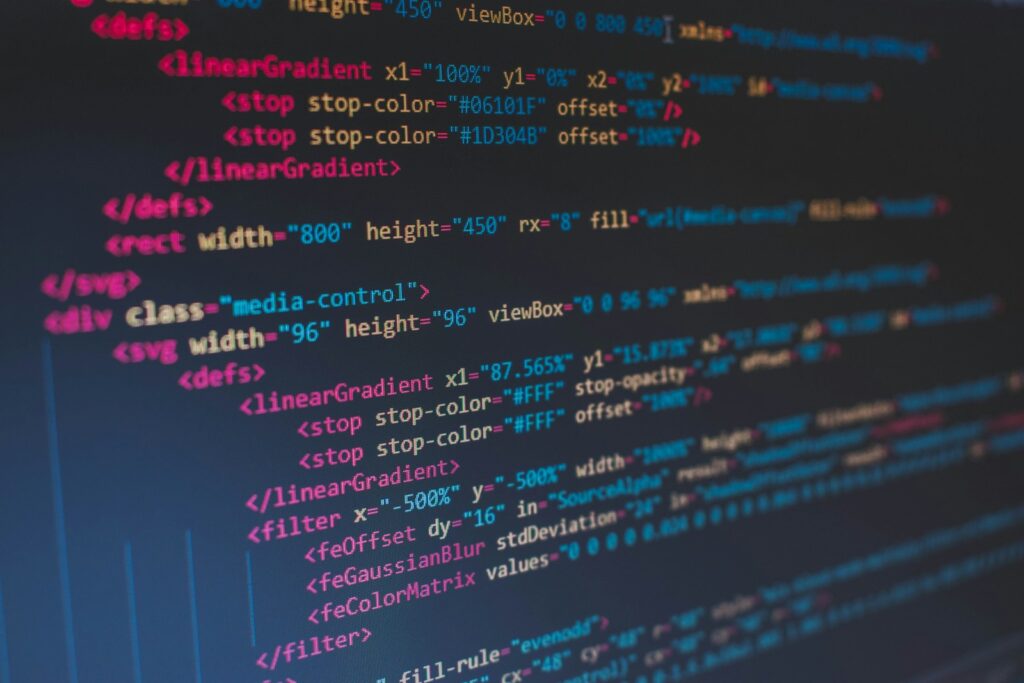Kotlin has become a popular language for Android development and server-side applications due to its concise syntax and interoperability with Java. In 2024, interview questions for Kotlin positions focus on assessing candidates’ proficiency in the language, their understanding of its features and benefits, and their experience in building applications using Kotlin. This guide will help you understand typical questions you might encounter during an interview for a Kotlin position and how to prepare for them effectively.
What are Kotlin Interview Questions?
Kotlin interview questions often focus on technical aspects of the language, such as its syntax, core features, advantages over Java, and specific libraries and frameworks commonly used in Kotlin development, like Ktor for server-side applications and Jetpack for Android development.
Most Common Kotlin Interview Questions

What are the main advantages of using Kotlin compared to Java?
This question assesses your understanding of Kotlin’s benefits and its position in modern software development. Example Response: “Kotlin offers several advantages over Java, such as null safety through nullable and non-nullable types, which helps prevent null pointer exceptions. Kotlin also supports extension functions, allowing developers to extend existing classes with new functionality. Its concise syntax reduces boilerplate code, which makes programs easier to read and write. Additionally, Kotlin has full interoperability with Java, allowing seamless integration with existing Java codebases.”
How does Kotlin handle nullability?
Understanding Kotlin’s approach to null safety is crucial as it is a significant feature of the language. Example Response: “Kotlin handles nullability through its type system, where every type is non-nullable by default. If you want a variable to hold a null value, you must declare it as nullable by appending a question mark to the type, like String?. Kotlin forces developers to perform a null check when working with nullable types, which effectively reduces the chances of runtime null pointer exceptions.”
Can you explain the use of ‘data’ classes in Kotlin?
This question tests your knowledge of Kotlin-specific features that streamline typical development tasks. Example Response: “In Kotlin, data classes are used to concisely model classes that primarily hold data. When you declare a class with the data keyword, the compiler automatically generates field accessors, hashCode, equals, and toString methods appropriate for the data. It also generates a copy function which is useful for creating modified copies of objects. Data classes simplify the creation of classes for carrying data and are particularly useful for POJOs/DTOs.”
Describe a scenario where you would use coroutines in Kotlin.
This question evaluates your understanding of Kotlin’s approach to asynchronous programming. Example Response: “Coroutines are used in Kotlin for managing background tasks that require asynchronous execution, such as network calls or database operations, without blocking the main thread. For example, in an Android app, I would use coroutines to fetch data from a database or a web service. This keeps the UI smooth and responsive while the data is being loaded in the background.”
What is the difference between ‘val’ and ‘var’ in Kotlin?
This basic question checks your understanding of Kotlin’s variable declarations. Example Response: “In Kotlin, val is used to declare a read-only variable, equivalent to a final variable in Java. Once initialized, its value cannot be changed. On the other hand, var declares a mutable variable whose value can be changed. Choosing between val and var depends on whether the variable needs to be modified after its initial assignment, with val being preferred for immutability.”
How do you ensure thread safety in Kotlin?
This question probes your ability to write safe concurrent code in Kotlin. Example Response: “To ensure thread safety in Kotlin, I use a variety of mechanisms depending on the context. For simple cases, I use immutable objects and val properties to avoid state changes. For more complex scenarios, I use synchronized blocks or other concurrency primitives from the Kotlin standard library and Java’s java.util.concurrent package. Additionally, Kotlin’s coroutines offer a more idiomatic way of handling concurrency with structured concurrency concepts.”
How to Get Prepared for Kotlin Interview Questions

Review Kotlin Documentation
Familiarize yourself with the official Kotlin documentation to understand core concepts, syntax, and updates.
Practice with Projects
Work on projects using Kotlin to gain practical experience. Try to cover a range of applications, including Android apps and backend services.
Understand Interoperability
Since Kotlin is often used alongside Java, understanding how Kotlin interoperates with Java is crucial.
Learn about Libraries and Frameworks
Know the commonly used libraries and frameworks in the Kotlin ecosystem, such as Ktor for server applications and Jetpack Compose for Android.
Prepare Code Samples
Have code samples ready to demonstrate your experience and proficiency with Kotlin, especially those that solve common programming challenges or showcase unique features of Kotlin.
Stay Updated
Keep up with the latest developments in the Kotlin community, including new tools, libraries, and best practices.
Conclusion
Preparing for a Kotlin interview involves a combination of understanding theoretical concepts, practical application, and staying informed about the language’s ecosystem. By effectively preparing for these common questions, you can showcase your expertise and readiness for a Kotlin development role.



